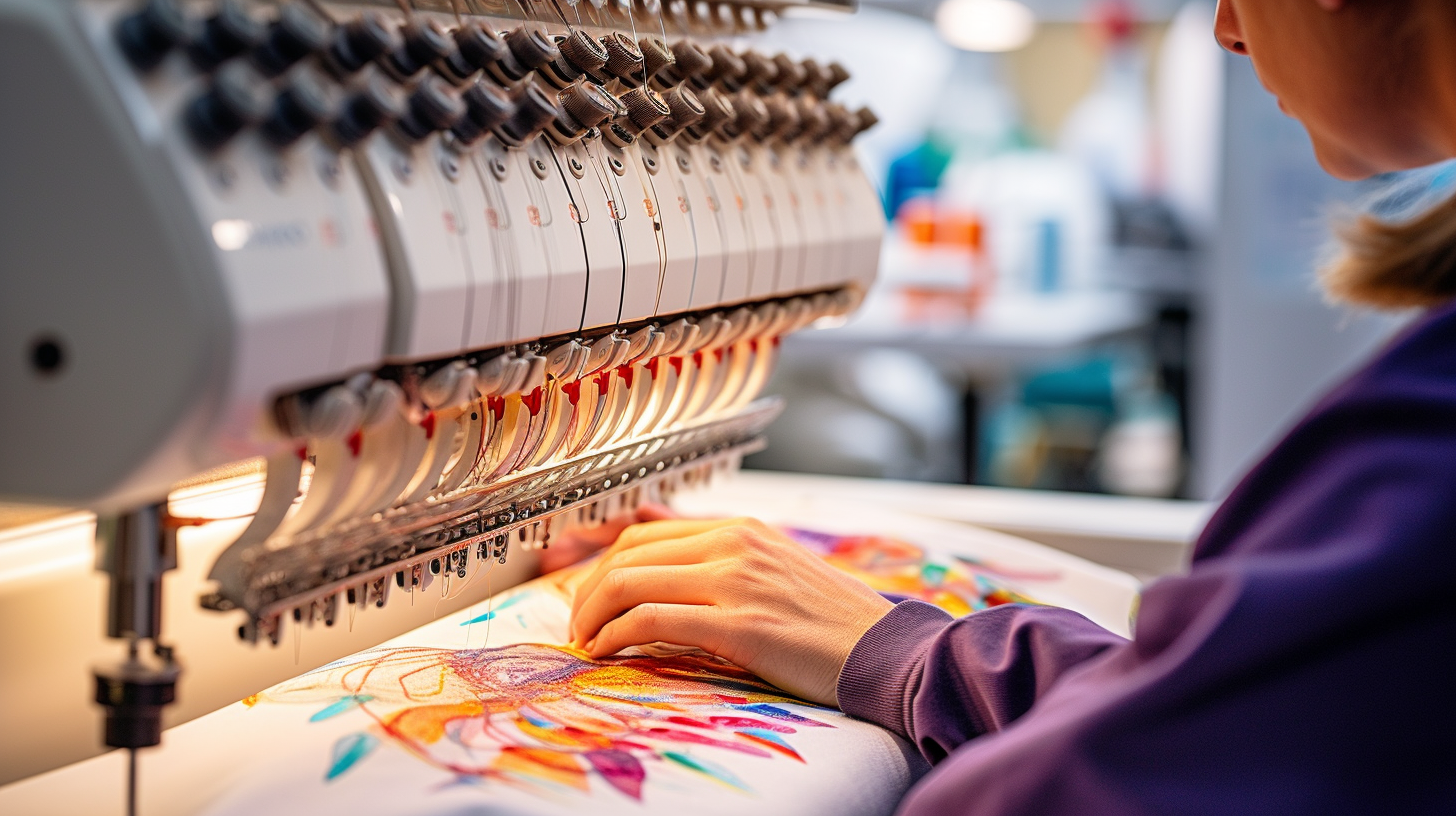Cost Effective Digitizing for Embroidery: Accuracy and Information
Cost Effective Digitizing for Embroidery: Accuracy and Information
Blog Article
Grasping the Needlework Digitizing Refine: Your Ultimate Guide
Needlework digitizing is a precise craft that calls for precision and expertise to equate elaborate layouts into electronic formats for equipment embroidery. As artisans get started on this trip to understand the needlework digitizing process, a thorough understanding of the basics establishes the structure for quality.

Understanding Needlework Digitizing Essentials
Embroidery digitizing fundamentals create the foundation upon which elaborate styles are converted into machine-readable formats for accurate sewing. This first action in the needlework digitizing procedure is essential for ensuring that the final embroidered item is a faithful representation of the original design. Comprehending embroidery digitizing fundamentals entails realizing crucial concepts such as stitch types, stitch instructions, density, padding, and pull compensation.
Sew kinds play an important duty in determining the aesthetic and textural result of the embroidered style. By choosing the appropriate stitch type, whether it be satin, fill, or running stitch, digitizers can accomplish the desired effect and improve the total top quality of the embroidery. Additionally, sew direction affects the flow and dimension of the layout, while density determines the spacing and insurance coverage of the stitches.
Moreover, underlay sewing supplies stability to the layout by securing the textile and stopping distortion during the embroidery procedure. Pull settlement is one more vital factor to consider to combat the natural tendency of textile to contract when sewn. Grasping these needlework digitizing basics is basic for creating professional-quality stitched products.
Selecting the Right Digitizing Software Program
Selecting the suitable digitizing software program is a crucial choice that considerably affects the performance and top quality of the embroidery digitizing process. Digitizing for Embroidery. When picking the best digitizing software application, it is vital to take into consideration factors such as the complexity of designs you prepare to produce, the user-friendliness of the software application, the level of client support used, and the compatibility with your embroidery machine
There are various digitizing software options available on the market, ranging from basic programs for beginners to advanced software for professional digitizers. Some preferred selections consist of Wilcom EmbroideryStudio, Hatch Needlework Software Application, and PulseID. These software application packages provide a vast array of devices and attributes to aid you produce elaborate styles with ease.
Before choosing, it is suggested to check out the different software alternatives via complimentary trials or demos to establish which one finest fits your needs. In addition, reviewing evaluations and seeking referrals from knowledgeable digitizers can offer valuable understandings into the go now strengths and weak points of each software application package (Digitizing for Embroidery). By carefully reviewing your demands and comparing the attributes of different digitizing software program, you can make an educated choice that enhances your needlework digitizing process
Digitizing Devices and Methods

Optimizing Design Setup for Needlework
Mastering the details of design setups is basic in accomplishing optimum results in the embroidery digitizing procedure, building upon the foundation laid by recognizing digitizing tools and methods. When optimizing style setups for needlework, it is vital to take into consideration elements such as stitch kind, thickness, underlay, pull payment, and enrollment. Registration settings line up various elements of the style properly, keeping overall style honesty.

Troubleshooting Common Digitizing Issues
When running into common digitizing concerns during the needlework process, it is vital to understand the origin creates and execute reliable services without delay. One common issue is stitch thickness problems, where stitches might be as well thick, triggering the textile to pucker, or as well sparse, causing gaps in the style. Readjusting the stitch density setups in the digitizing software program can help solve this concern.
Another regular difficulty is string breaks throughout the embroidery procedure. This can occur because of various reasons such as inaccurate stress setups, boring needles, or making use of low-grade thread. Guaranteeing appropriate upkeep of the needlework machine, including routine needle modifications and stress changes, can decrease the occurrence of thread breaks.
Furthermore, style enrollment mistakes can cause misaligned components within the embroidery design. Inspecting the style positioning in the digitizing software application and making essential adjustments before sewing can help in avoiding this issue. By resolving these Bonuses common digitizing problems immediately and properly, you can ensure a smoother embroidery process and top notch finished items.
Verdict
To conclude, mastering the embroidery digitizing process requires my response a solid understanding of the essentials, the appropriate option of software application, and expertise of devices and strategies. Enhancing design settings and repairing usual digitizing concerns are critical action in making certain high-grade needlework outcomes. By adhering to these actions diligently, one can attain precision and effectiveness in the digitizing process.
Report this page